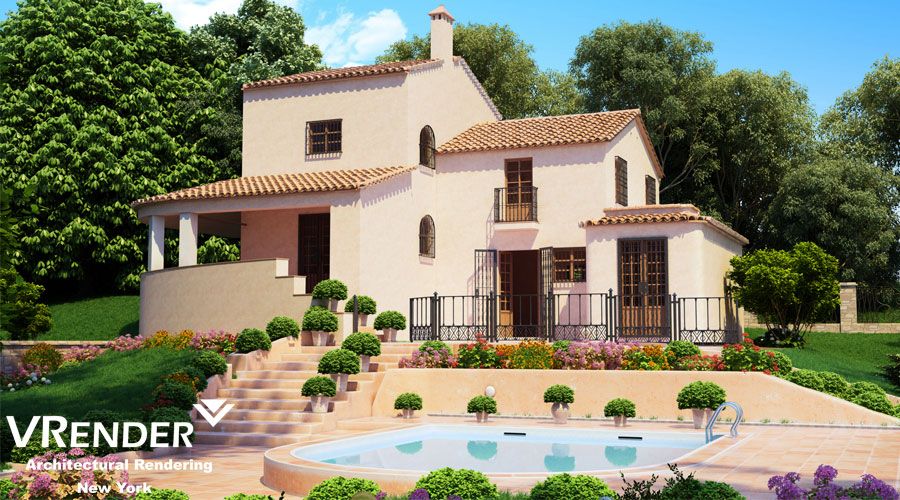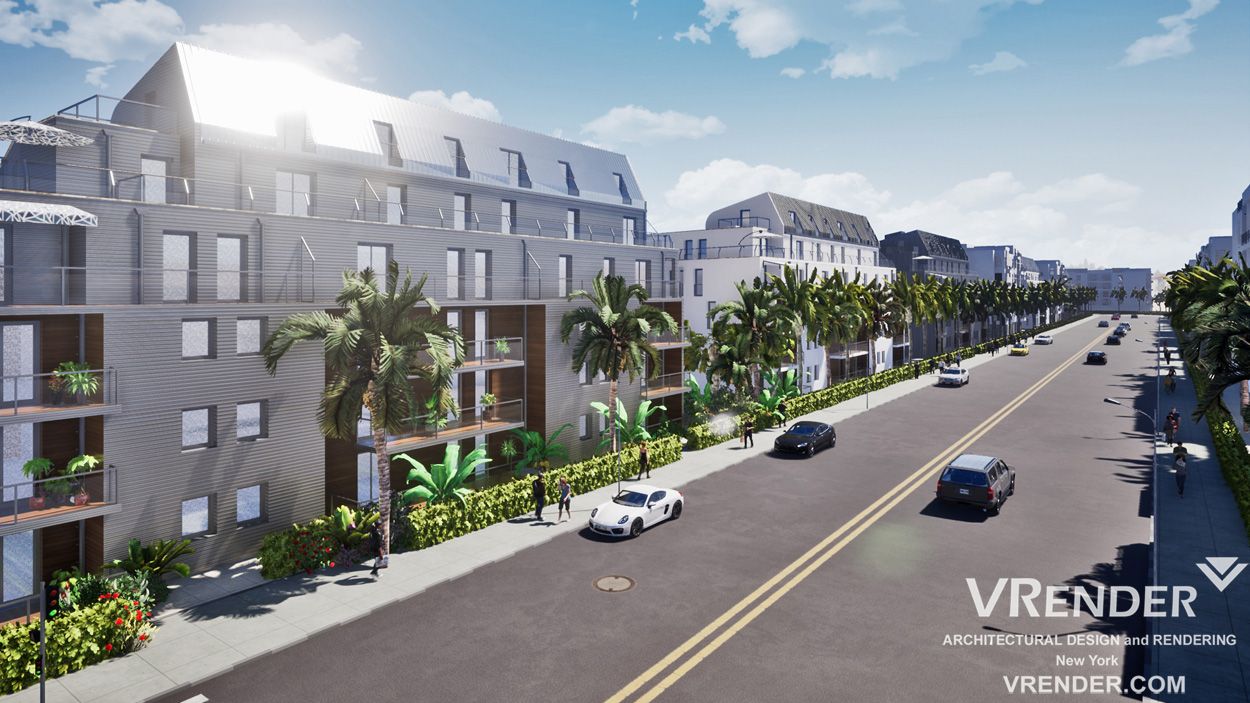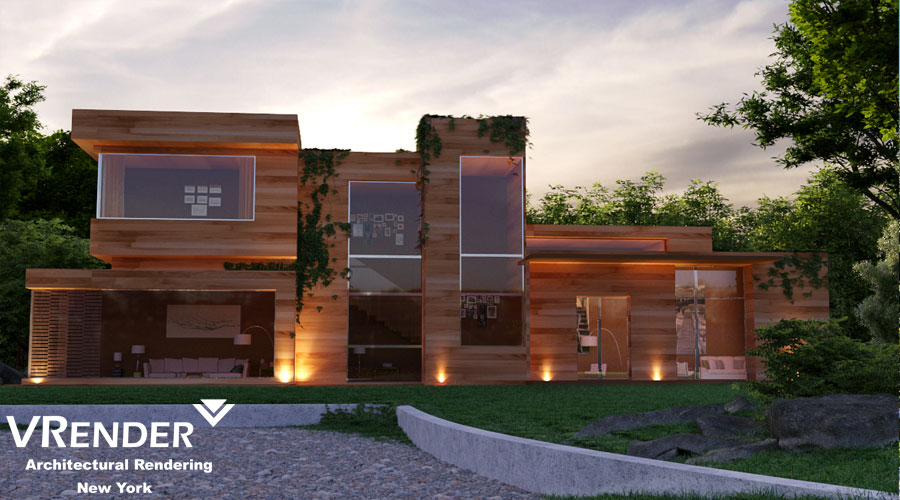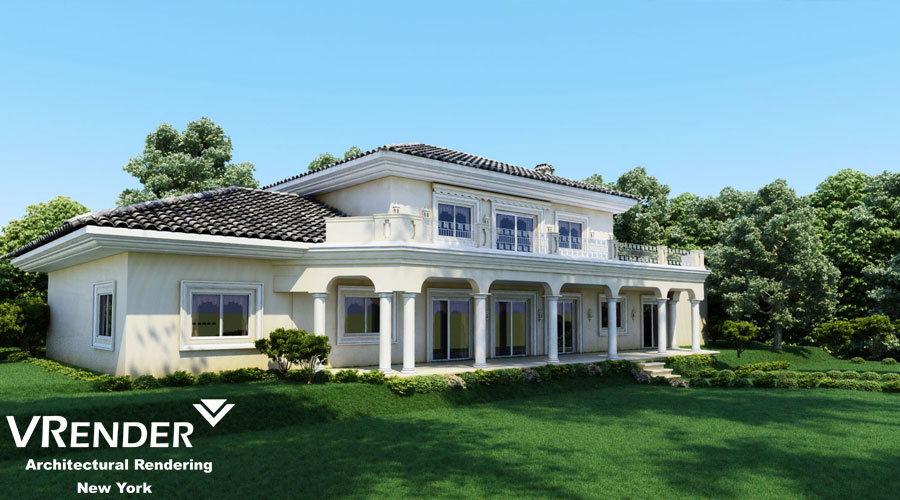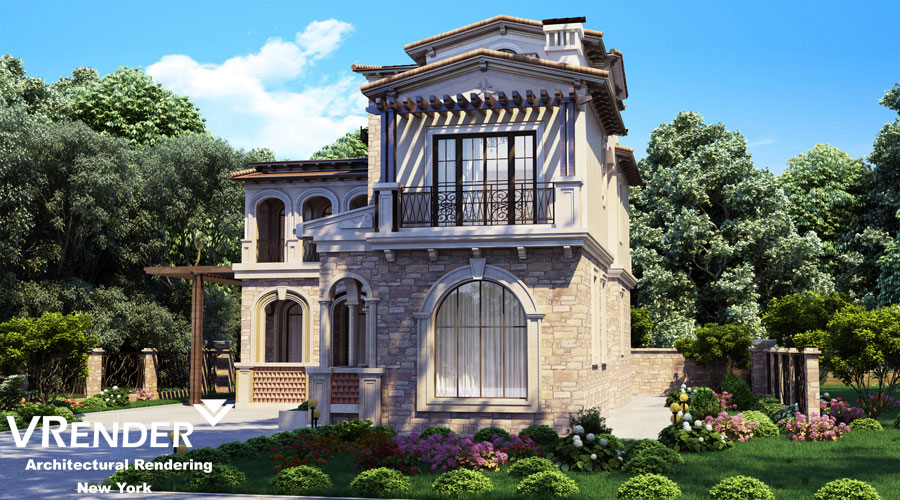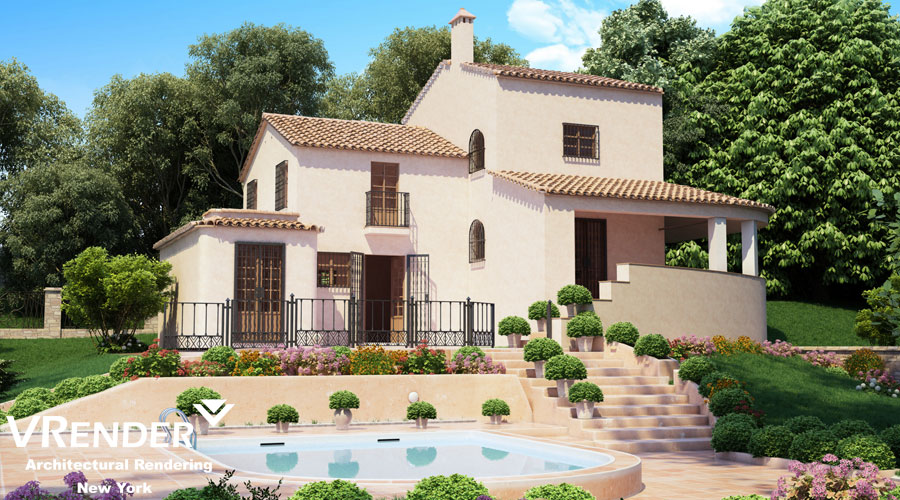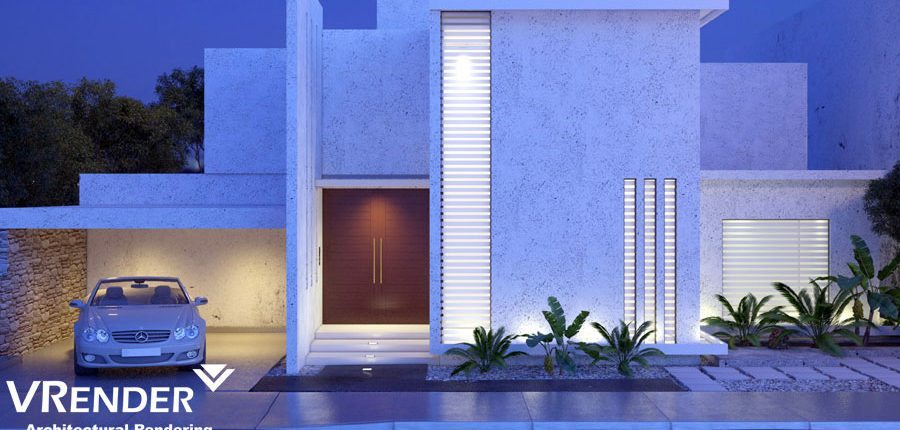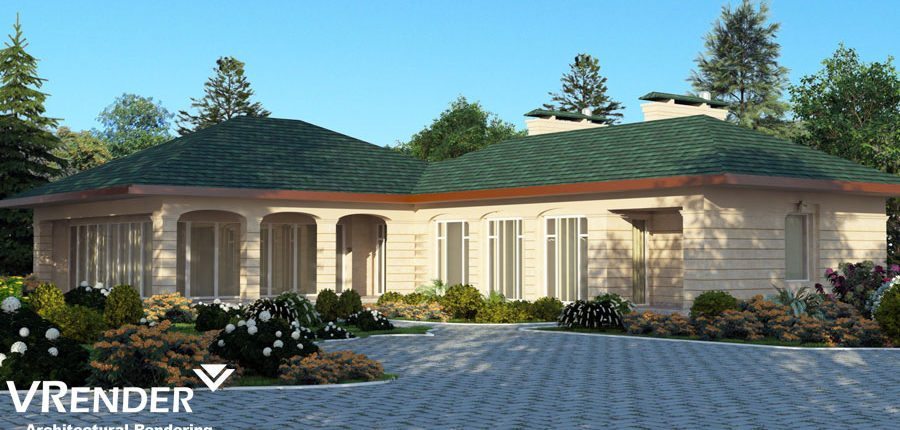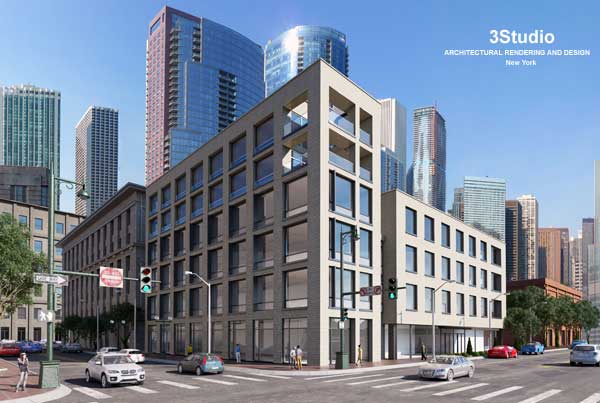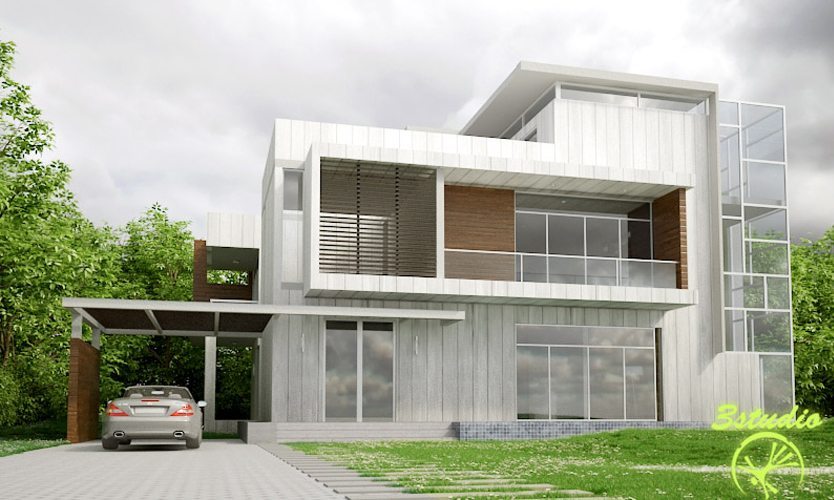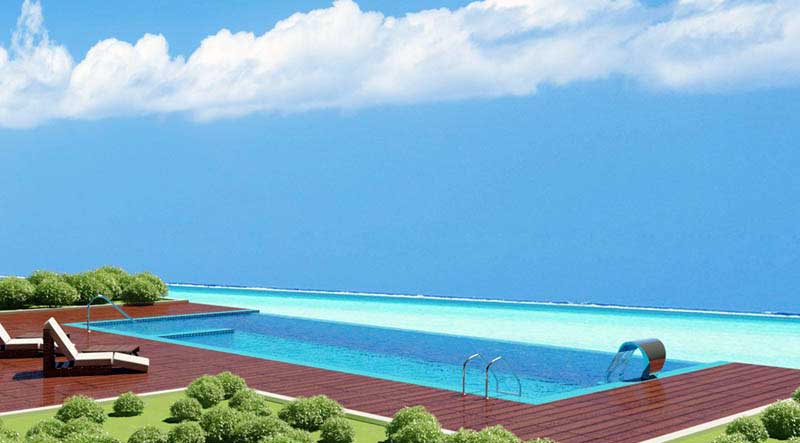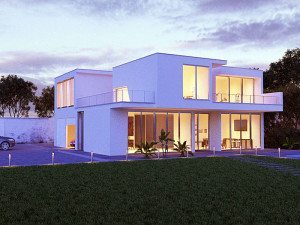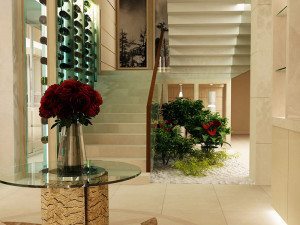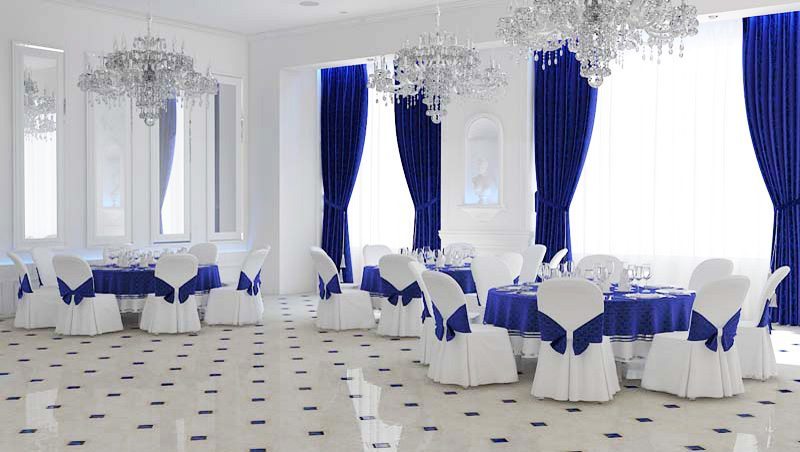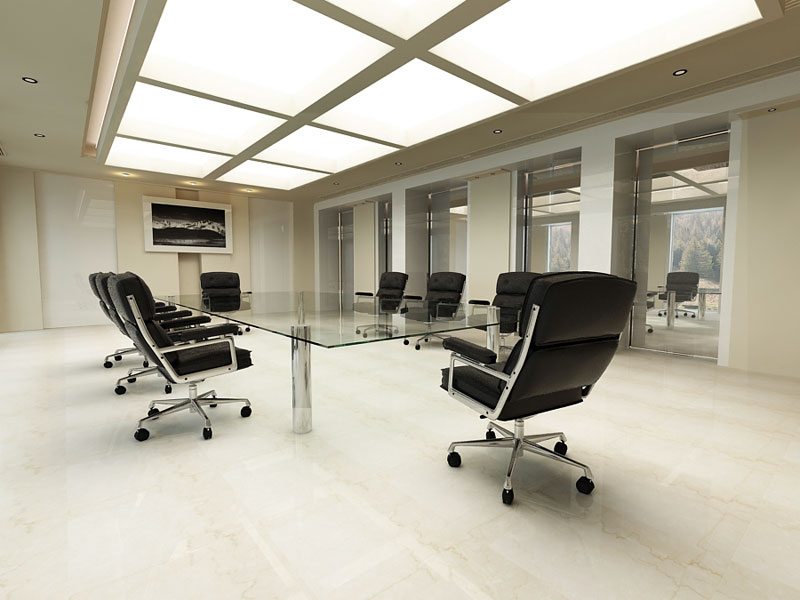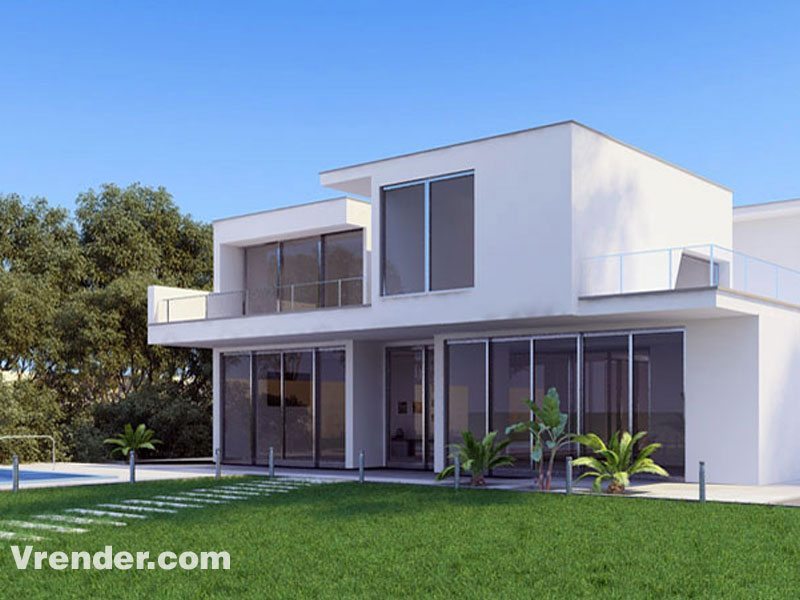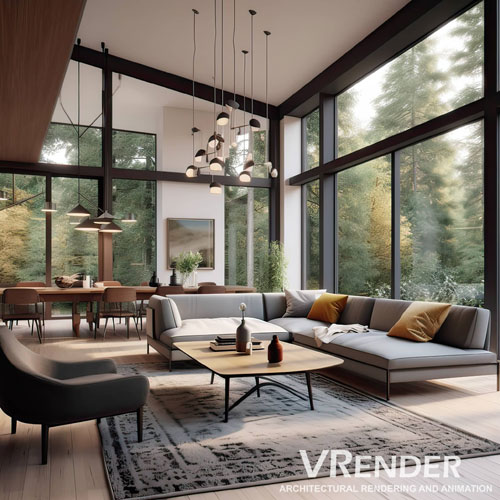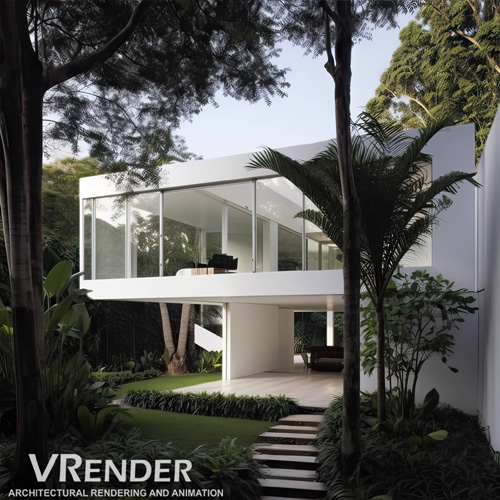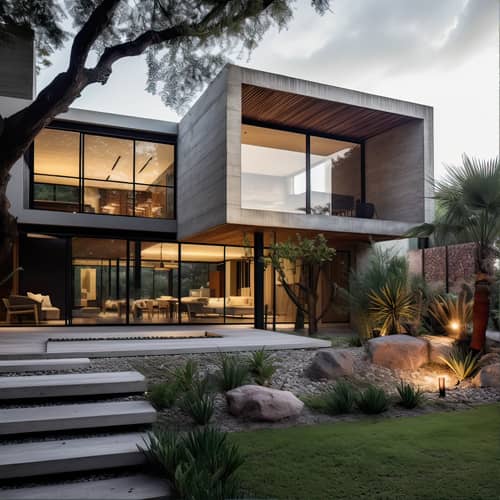
Posts
3D Visualization Services for Developers, Architects, and Real Estate Agents, For Home Builders and Home Renovators
To create something different, we believe on the power of best technology and idea along with unique imagination. We are one of the leading 3D architectural visualization company, providing high quality (HQ) and high definition (HD) 3D rendering and 3D animation for various fields. Almost a Decade ago on the basis of our creativity, we start to make people visualize their imagination and shape the idea into reality.
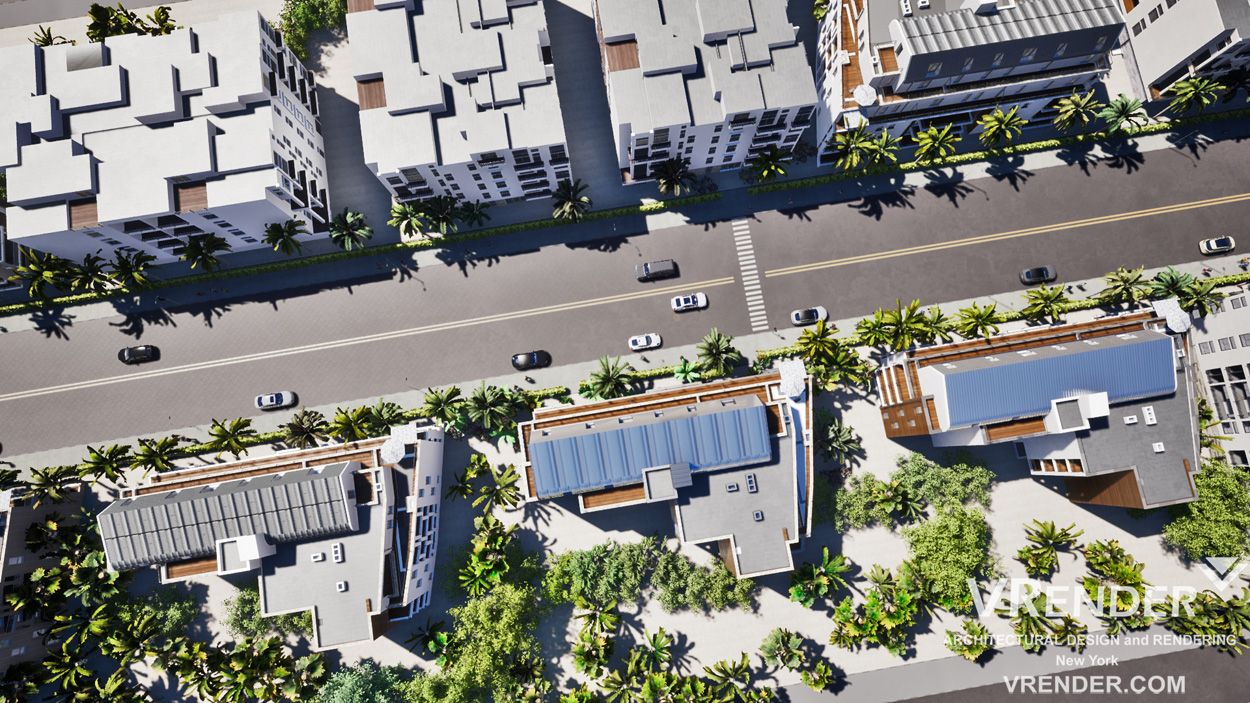 And also We are as one of the top-notch service providers that are engaged in offering Floor plan (2D&3D)service provider to Real-estate market in a huge number of production capacity with unbelievable quality.
And also We are as one of the top-notch service providers that are engaged in offering Floor plan (2D&3D)service provider to Real-estate market in a huge number of production capacity with unbelievable quality.
- Intensely focus towards customers to attain their categorical requirements.
- Deliver economical yet efficient, competent and innovative services.
- Adhere to the global standards of Professionalism and conduct.
- Our mission is to deliver cost-effective service solutions in 3D visualization. To set a new trend in an era of visualizing and shaping tomorrow.
At Vrender Company, our creative designers work seamlessly to create a perfect balance of stunning design and expert engineering. Our professional and friendly team is here to provide you with flexible, cost-effective and easily accessible 3d rendering services.
We provide services in Birmingham, Montgomery, Huntsville, Mobile, and other Alabama State cities.
We are here to turn your ideas into reality! Our photo-realistic 3d renderings are completed within 4 days and we even offer revisions to ensure all your requirements are fulfilled.
Exterior rendering samples: https://vrender.com/architectural-visualization/
Interior rendering samples: https://vrender.com/interior-visualization/
Walkthrough animation example: https://vrender.com/animation-walkthrough/
We mix art, comfort, and timelessness to make your designs into a living masterpiece. If you have a minute today, please get back to me.
We can also schedule an appointment to discuss about your projects in details.
Vrender Company.
If you want to build a modern house with the best design and a beautiful facade, we can help. Let us tell you a little why we are the best option to do that.
We have long experience in development of architectural plans and official plans for approval of any type of house, residence or modern facade.
Our models can be created based on a photograph, plan, diagram, measurements, any other model, and even simple hand-drawn sketches. Everything you need can be illustrated in a real 3D world. We make images for all types of commercial and residential buildings, such as:
• single story house
• two-story house
• walk-ups and others.
 We create all types of 3D rendering — residential/commercial and outdoor/indoor images. In all our 3D images, we incorporate a high level of detailing including textures, colors, decors, landscaping, furniture, and illumination making our 3D perspectives ones of the best on the market of such services.
We create all types of 3D rendering — residential/commercial and outdoor/indoor images. In all our 3D images, we incorporate a high level of detailing including textures, colors, decors, landscaping, furniture, and illumination making our 3D perspectives ones of the best on the market of such services.
The work that we do is based on the quality of life and aims to cover the wishes of every client based on numerous latest extensive studies about how qualitatively people want to live. We’ll make the luxurious design of your house to make it a pleasant and a comfortable place to live and stay, and to hold full control of your life in this building.
Your ideas combined with our tools are the perfect ingredients for an extraordinary project. Do not start building without having visualizing your idea first. Our focus is to provide you the optimal quality of 3D layout and final look of your house. We are committed to designing highly realistic 3D images displaying every detail with the highest perfection. The images produced by our company add value to each project creating an impression of elegance and modernity. We have already gained an impressing portfolio of realized 3D projects.
Our services include 3D remodeling, 3D rendering, 3D floor plans, exterior rendering, interior rendering, and 3D animation for houses. We give the best quality in architectural rendering. Our company has several years of experience in the 3D rendering and architecture.
The process of the development of 3D rendering of residential houses:
1. The development of basic geometry – the development of the 3D model of the project: walls, floors, windows, doors, etc., taking into account the information provided by the client (plans, photos, and so on).
2. Insertion and accommodation of furniture – we propose furnishing from our extensive 3D library that also has vegetation and the other necessary objects.
3. Lighting testing – simulation of natural lighting from windows and artificial lighting from lamps, spots and so on inside the house.
The cost of every project (to build, remodel, expand or create any design of house or facade) depends on the complexity of the project. In order to offer you any initial price, it is necessary to receive your input data: square meters, approximate budget, sketches and so on. So if you need architectural 3D rendering, please call or email us for further collaboration.
Vrender Company 2017.
Many of us have seen realistic images of houses, cottages, gardens, which show in detail how nice it all looks from different angles.
Here are a few examples.
In fact, these are not photos. They are just the ideas of designers and architects who work out the development plan. Yes, it is not built yet, but the designer has already embodied the idea in a visual image on which the happy owner of the real estate is able to assess how things will look like, and make adjustments, if applicable. That is, exterior visualizer is the person who creates a photorealistic image based on the given plan of development.
Here many readers might have a natural question – this is, probably, a sort of very creative profession, which has to be studied for years in institutions? Yes, this work is a creative one, because you need not only to create a scene, but also to give realism to it. On the other hand – the work on specific task forces to follow a predetermined plan that makes everything much easier.
With regard to study, we’ll talk about it a little later. We would like to say that it’s not so terrible and expensive, as it seems, but available.
How much can you earn by doing visualization of exteriors?
This is the second natural question that arises before you decide whether to spend time exploring a new field for yourself. This can be answered simply – the construction field is expensive in general. If you require for designer services, the services of visualizer are also needed – picture can tell a person much more than a thousand words and plans. This means that the exterior visualization services aren’t cheap, which means that this can be quite a good work for earning for living.
For example, work on a simple building, which takes a couple of days, can cost 10 thousand roubles and more. The more complex the project is, and the more images are required from different angles, the more expensive the work will be. Thus, even a novice with a serious approach to the work may earn 50 thousand roubles in a month and more.
Experienced professionals, whom every novice will become sooner or later, have monthly income of more than 100 thousands and this is common thing. Would you agree that this is quite decent payment? Especially if you do not have to leave the house to do this work, and it is enough to have only a computer.
What do you need to start studying a profession of visualizer?
It’s simple – you need to have 3 things only:
1. A computer, powerful enough to work with 3D Max program. Most part of home computers, capable to cope with modern games-shooters, having 4 GB RAM, are suitable at the initial stage.
2. The desire and perseverance – this must be named the principal thing. Nothing will work out if to treat work carelessly and especially, if you do not practice. Anyone who treats work seriously, reach success – this is the fact of life.
3. Teacher – you need to have sufficiently experienced specialist, who will teach you all the details of 3D visualization. It is desirable to have the opportunity to ask questions, which the beginner always has many.
If the first and second points make more or less clearance and are solved on your own, the third is bit more complicated. Reading books, video tutorials and learning courses on modeling in 3D Max – they are nearly useless, as they will give a lot of theory, but little clearer in terms of actual 3D visualization of exteriors. Therefore, we will provide you with links to video tutorials on this topic from the two very known visualizers. If you learn, do it from the best!
Vrender Company 2016.
Innovative technology to create three-dimensional models is universal. 3D visualization of exterior allows to work with both tiny projects and large, bulky objects, that have unique features.
Due to operations that are performed during such three-dimensional visualization, specialist maintains an integrated approach to the process of object creation. He can intelligently underline particularities of an object from various angles and in a variety of lighting conditions. This makes it possible to implement the product in strict accordance of individual order of the client, so the product would be unique. According to these reasons, in the areas of work of designers and architects, three-dimensional technologies have become paramount and popular. 3D rendering performs even very complex calculations. Every peculiarity of construction of any model is clear and accessible even to non-professionals, since all the features and properties of the object will clearly be shown on the screen.
Rendering of the exteriors is performed via constructing the three-dimensional models:
• Individual private homes, townhouses and cottage settlements;
• Auxiliary elements in architecture, decoration parts and equipment;
• Exterior of living spaces of all sizes and forms;
• Landscape development;
• Architectural albums and organization of presentations.
Three-dimensional modeling of cottages is a true art, because its essence consists in the construction of models of objects to be built, their careful study and application of details and textures.
As a rule, the result of such work is close-to-reality projects of cottages. Studio team painstakingly work on even the smallest details of the designed cottage or any other structure. At the same time a lot of attention is given to the selection of materials, parts, lighting, decoration and other. Such approach creates a complete picture and that is the key to successful work!
Architectural visualization is the practice of creating digital representations of buildings, interiors, or urban environments before they are actually built. This field combines art and technology to produce images, animations, or virtual reality experiences that help architects, designers, clients, and the public visualize a space or structure.
The process of architectural visualization typically involves the following steps:
1. Conceptualization: The designer or architect will provide initial ideas, sketches, or plans for the structure or space that needs to be visualized.
2. Modeling: Using specialized 3D modeling software like Autodesk 3ds Max, SketchUp, Blender, or Revit, a digital model of the building or space is created. This model includes geometry for walls, windows, doors, and other architectural elements.
3. Texturing and Materials: Applying textures and materials to the model provides realism. This includes specifying the appearance of surfaces, such as glass, concrete, wood, and metal.
4. Lighting: Proper lighting is crucial in architectural visualization. It can be used to enhance the mood, realism, and spatial qualities of the rendered scene. Both natural and artificial light sources are simulated.
5. Rendering: This is the process of generating the actual image from the model, where the computer calculates light interaction, shading, reflections, and other aspects based on the materials and lighting setup. Common rendering software includes V-Ray, Corona Renderer, and Unreal Engine.
6. Post-Processing: After rendering, the image may be further refined in image editing software such as Adobe Photoshop to adjust color balance, contrast, and brightness, and to add any final touches that enhance the visual presentation.
7. Presentation: The final images, animations, or interactive experiences are then presented to clients, stakeholders, or the public to communicate the design intent and to help in the decision-making process.
Architectural visualization can be used for a wide range of purposes, including:
– Presentations to clients or investors
– Marketing material for real estate
– Applications for planning permission
– Interior design planning
– Virtual tours for unbuilt spaces
– Enhancing public engagement and feedback
Advancements in technology have greatly expanded the possibilities within architectural visualization, incorporating tools like virtual reality (VR), augmented reality (AR), and real-time rendering to create immersive and interactive experiences.
Architectural visualization has become ingrained in our everyday lives. Modern architectural projects are complicated and fancy. Their qualitative up-to-date realization is responsible for a company’s profit and many peoples’ lives.
It’s efficient to visualize both a little project of a house and a huge project (especially a plot plan of cottage communities, multilevel junctions, and new city districts), which will greatly develop the quality of the final result. 3D visualization intends for virtual graphic pictures’ creation using modern software. The image precisely resembles both a chart and a real conceptual design, because the programs can create all the details of the object with maximum accuracy.
Architectural visualization will help you to:
• take details of your project into account;
• look at the object from each side;
• detect strengths and weaknesses of a project;
• correct the project through 3D pre-visualization (correction of readymade projects).
No profitable project can be managed without preliminary 3D visualization in modern life. So, 3D service is accessible to anyone who wishes to use architectural visualization.
Offering 3D-rendered interior design services brings numerous advantages to both designers and clients. It’s a practice that has significantly transformed the interior design industry, enhancing communication, efficiency, and overall design quality. Here are some key reasons why offering 3D-rendered interior design is beneficial:
1. Enhanced Visualization
- Realistic Previews: Clients can see realistic previews of the final design, which helps in understanding how the space will look and feel.
- Detail and Accuracy: 3D renders can capture details with high accuracy, from the texture of materials to the interplay of light and shadow.
2. Improved Communication
- Clearer Client Understanding: Renders help bridge the gap between technical architectural plans and the client’s understanding. Non-technical clients can easily visualize and understand the design.
- Feedback and Modifications: It’s easier to discuss changes and modifications when clients can see a lifelike representation of the design.
3. Efficient Design Process
- Quick Revisions: Changes can be made quickly in the digital model, saving time compared to traditional methods.
- Error Reduction: Identifying and correcting design issues before construction begins reduces costly on-site errors.
4. Effective Marketing Tool
- Attracting Clients: High-quality renders can be used in marketing materials to attract new clients.
- Portfolio Enhancement: Detailed 3D renders showcase a designer’s skill and creativity, enhancing their portfolio.
5. Design Exploration
- Experimentation: Designers can experiment with different colors, textures, and layouts easily.
- Innovative Solutions: Renders allow designers to explore creative, out-of-the-box solutions without any real-world risk.
6. Cost and Time Savings
- Pre-Construction Visualization: Seeing the final product before construction begins can prevent costly changes and do-overs.
- Project Approval: Renders can facilitate quicker approvals from stakeholders or regulatory bodies.
7. Competitive Edge
- Staying Relevant: In a digital age, offering 3D renders can keep a design firm competitive and up-to-date with industry standards.
- Client Expectations: As 3D rendering becomes more commonplace, clients increasingly expect to see lifelike representations of their projects.
8. Emotional Impact
- Creating a Connection: A visually appealing render can create an emotional connection, helping clients feel more attached and excited about the project.
In summary, offering 3D rendered interior design is almost a necessity in the modern design landscape. It enhances the entire design process from conceptualization to execution, provides a powerful marketing tool, and ultimately leads to better design outcomes and client satisfaction.
3D Visualization (rendering) is one of the most important key concepts in computer graphics.
The main objective of visualization is getting an image with volume from modeling. The final variant of the object has an influence on the usage of visualization technology. For example, 3D accelerators are used in the development of computer games. There is also a pre-rendering option for video creation, but it is a relatively slow process of visualization. The programs, which provide visualization by means of computer programs, are named “Renders”. Such programs work with 3D objects’ lighting.
There are many famous leading companies using 3D visualization software.
“Pixar” company has created an application with a programming interface for 3D animation, which is named “Renderman”. The “Renderman” has a great advantage – a simple and convenient interface. This program has been used since the 90s by many other big companies.
There is one more famous rendering system named “V ray” (render) which was made by Bulgarian developers and called themselves “Chaos Group”. “V ray” has a quite big creative and technological prospect. These factors influence speed, success, and the quality of the result.
Finally, “Fryrender” is the most realistic render. Its developers are familiar with the physics that is seen in this render. Fundamental laws of the universe are kept here, indeed.
A computer cluster-render farm is used for making visual effects for a film. Parallel computing systems in render farm save time for video creation. Theoretically, rendering includes a few techniques by means of which you can achieve the needed result.
Rendering makes calculations and the presence of the core algorithm is quite logical there. There is a rendering equation, which theoretically proves the visualization models.
Using 3ds Max and V-Ray for 3D interior rendering is a popular choice among professionals due to the powerful features and realistic output these tools provide. Here’s a basic overview of the process:
1. Setting Up the Project in 3ds Max
- Modeling the Space: Start by modeling the interior space. This involves creating walls, floors, ceilings, and any built-in elements like windows or doors. You can do this from scratch or import floor plans as a reference.
- Furniture and Details: Add furniture and other details. These can be modeled or imported from a library of 3D models.
- Organizing the Scene: Use layers or groups to organize different elements in your scene, making it easier to manage and render.
2. Texturing and Materials
- Applying Materials: Use V-Ray materials to create realistic surfaces. This includes setting up diffuse colors, reflections, glossiness, and bump or displacement maps.
- UVW Mapping: Properly map the textures to your objects to ensure they appear realistic and correctly scaled.
3. Lighting
- Natural Light: If your scene has windows, set up V-Ray Sun and Sky for natural lighting. Adjust the sun angle based on the geographic location and time of day you want to simulate.
- Artificial Lighting: Add V-Ray lights to simulate artificial sources like lamps or ceiling lights. Experiment with intensity and color to achieve the desired mood.
- Light Balance: Balance the intensity and color of different light sources for a realistic effect.
4. Camera Setup
- Choosing Camera Angles: Place cameras at strategic locations to capture the best views of the interior. Consider using V-Ray Physical Camera for more realistic effects.
- Setting Parameters: Adjust focal length, depth of field, and other camera settings to enhance the composition and focus of your renders.
5. Rendering Settings
- Test Renders: Conduct test renders with lower quality settings to adjust composition and lighting quickly.
- Final Render Settings: Once satisfied, increase the render quality settings. Tweak parameters like image resolution, anti-aliasing, and global illumination settings for the best results.
- Render Elements: Use render elements for greater control in post-production. This includes separate passes for lighting, reflection, refraction, and more.
6. Post-Production
- Using Photoshop or Similar Tools: Adjust contrast, brightness, saturation, and other aspects to enhance the final image.
- Adding Effects: Incorporate effects like depth of field or lens flares if needed.
7. Review and Iteration
- Client Feedback: Present the renders to clients or stakeholders and make any necessary revisions based on their feedback.
3D visualization uses specialized computer programs. Image accuracy will satisfy any client as we use modern computing algorithms letting us draw each detail and catch all tones of colors and textures during the interior construction.
Rendering methods have made a 3D view possible because you can see an interior inside, not only if you look at the model from the top. The view creates the effect of presence. You can look from any side; and catch every detail of the interior that was previously unnoticed. You can also look at any surfaces to estimate their interior decoration. Thus, 3D visualization allows you to achieve perfection in interior design.
Tips for Success
- Realism: Pay attention to small details and realistic texturing to enhance the authenticity of your renders.
- Learning Resources: Utilize online tutorials, forums, and courses to constantly improve your skills in 3ds Max and V-Ray.
- Hardware Considerations: Ensure you have a powerful enough computer to handle high-quality rendering, as it can be resource-intensive.
By following these steps and continually refining your skills, you can create stunning and realistic interior renders using 3ds Max and V-Ray.
3D interior visualization helps you to reconstruct any interior (kitchen, bedroom, baby’s room, office, bar, restaurant, etc.).
You can set any objects of the interior, choose the variants of their combination, vary with windows and doors’ location, and apply different colors and textures, experiment with lightning for interior decoration through to each detail.
Pages
Architectural visualization has become ingrained in our everyday living. Modern architectural projects are complicated and fancy. However, their qualitative up-to-date realization is responsible for its profit and many people’s lives.
It’s efficient to visualize both a little project of a house and a scale project (especially a cottage communities’ plot plan, multilevel junction, new city districts) that will significantly develop the quality of the final result. 3d visualization intends for virtual graphic pictures’ creation using modern software programs. The image accurately resembles both a chart and an actual conceptual design because the programs can create all object details with maximum accuracy.
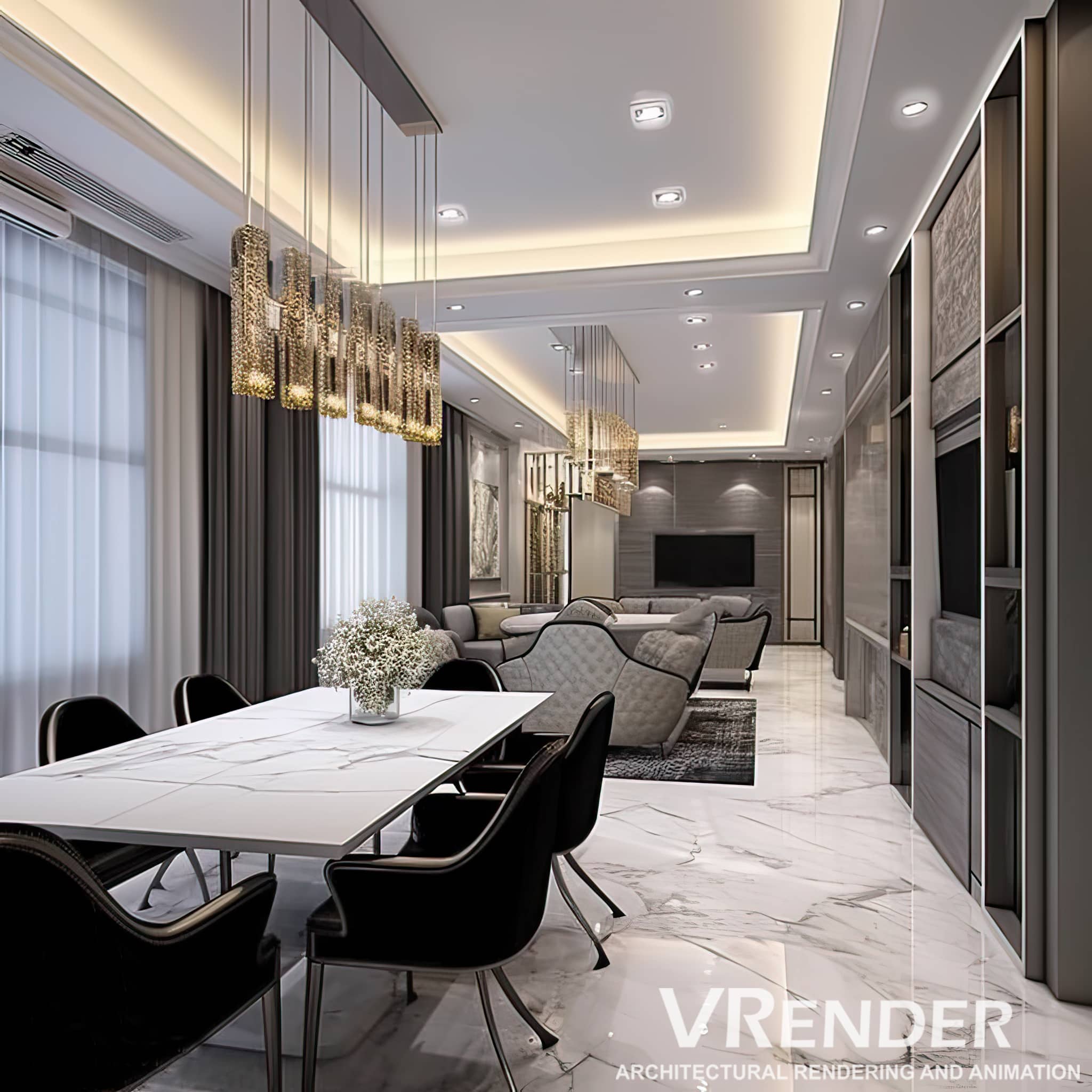
Architectural visualization will help you to:
• take details of your project into account,
• look at the object from each side,
• detect strengths and weaknesses of a project,
• correct the project through 3d pre-visualization (ready-made projects’ correction)
At present, no one profitable project can be managed without preliminary 3d visualization. However, there is still an accessible service for anyone who wishes to use 3d architectural visualization.
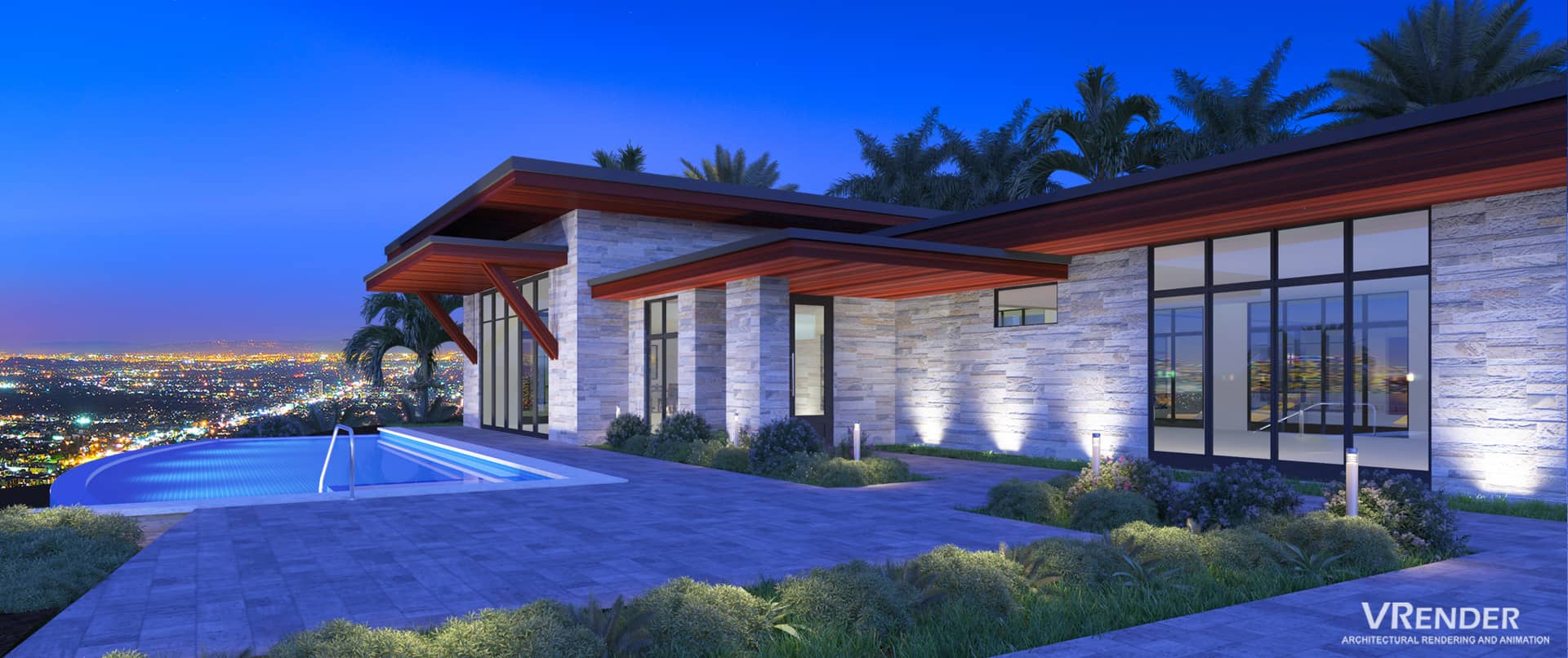
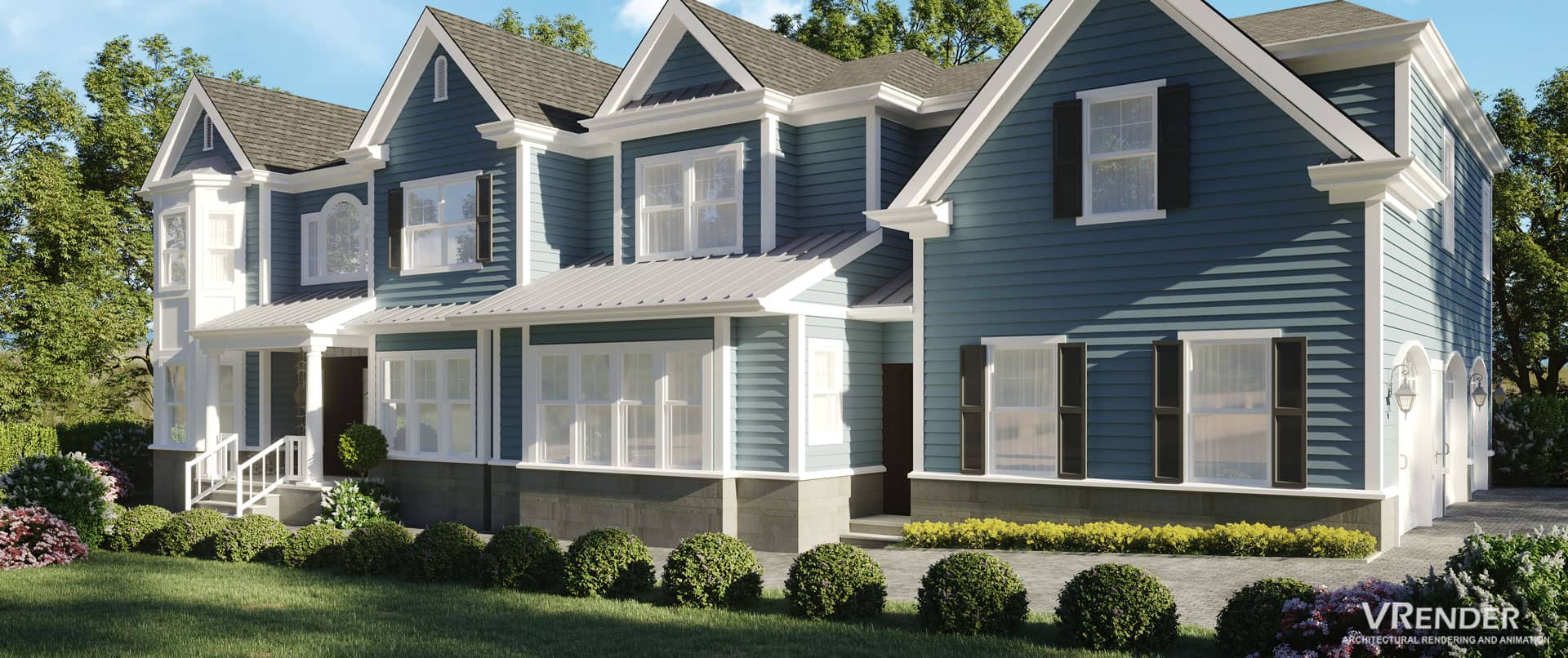
Vrender 3D Rendering and animation services 2023
Vrender-Architectural-3D-rendering-Services_hd
Vrender 3D Rendering Services and Architectural Animation for designers, architects, and real estate
Vrender Company has been in the 3D computer graphics industry for more than 17 years. Our team of professionals uses strategic digital innovations to create realistic animation and renderings of stunning 3D assets. We will bring your thoughts and ideas to life with 3D arts which are of the best quality.
Our options of 3D Walkthrough, VR and Virtual tours offer you views from any angle which gives you an amazingly realistic representation of an idea.
The most effective and powerful tool – High-Quality 3D Photo Realistic 3D Visualization
At Vrender, we can take an aerial shot, eye-level view, or ground-level photographic picture of existing conditions and show you how your new structure or modifications simulated in 3D would look as well as indicate the material changes. This can be used for any of your marketing materials or local architectural review board presentations.
Choose The Right USA 3D Rendering Services Company!
Architects, developers and real estate professionals use our company services when they need to have their designs shown to regulatory planning board members. So, instead of having an extremely expensive physical model built, you can trust our cost-effective service with the highest quality standards, portraying the “before and after” views.
A powerful tool that allows architects, real estate developers, and designers to effectively communicate their design concepts to clients, investors, and stakeholders. It provides a realistic preview of how a building will look in its surroundings, helping decision-makers make informed choices and facilitating the marketing and promotional efforts for new developments.
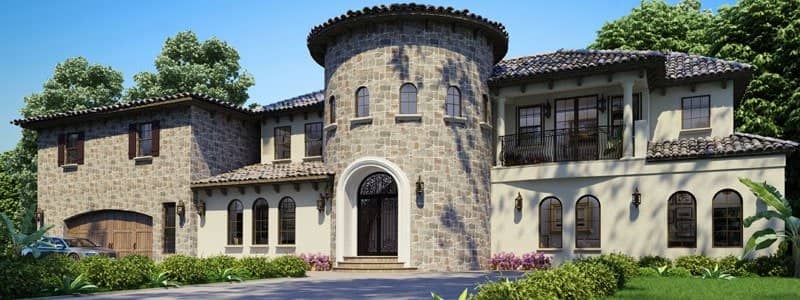
- Multi-Unit Housing
- Apartment
- Private House
- Residential Interiors
- Unbuilt Residential
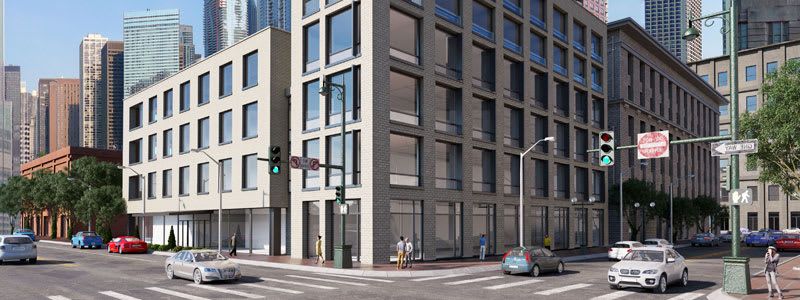
- Office Building project
- Office Interiors
- Retail Space
- Shopping Center
- Factory Warehouse
- Unbuilt Commercial
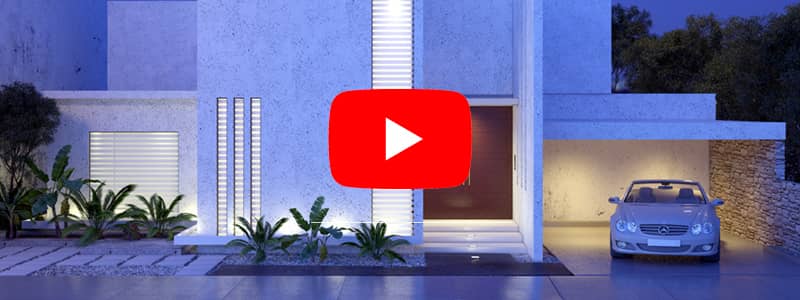
3D ANIMATION / 3D WALKTHROUGH SERVICES
We transform your desires into imaginative conceptual animation to show the landscaping and lighting parameters as well as the number of needed materials.
- Exterior Animation
- Interior Animation
- Virtual Tour
- 3D Flythrough
- 3D 360 Panorama Views
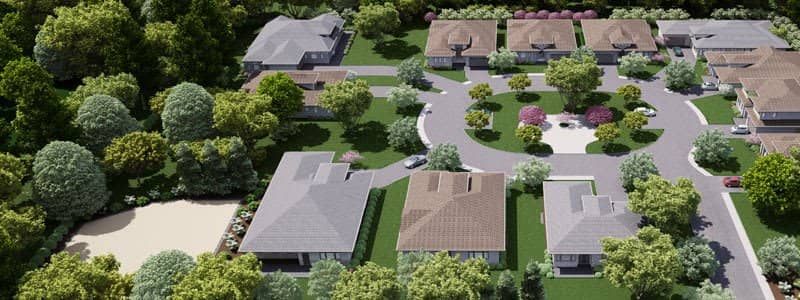
3D visual representation of a site plan is essential for communicating design concepts to clients, city planners, investors, landscape designers, and real estate, as they provide a visual representation of how a specific site will be developed or renovated. They help convey the overall layout, spatial relationships, and design intent of the project.
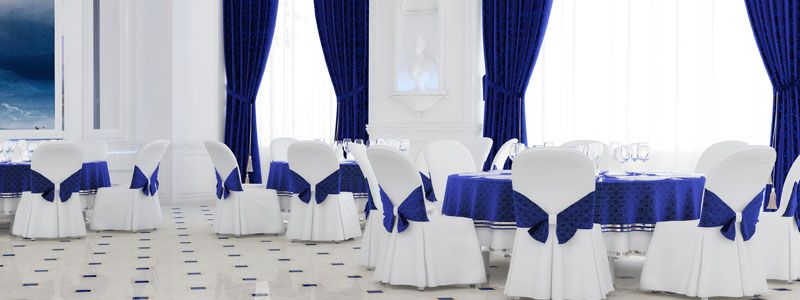
Is a powerful technique used by interior designers, architects, and real estate professionals to create realistic visual representations of interior spaces. These renderings allow stakeholders to experience and understand how a room or space will look and feel once it’s fully designed and furnished.
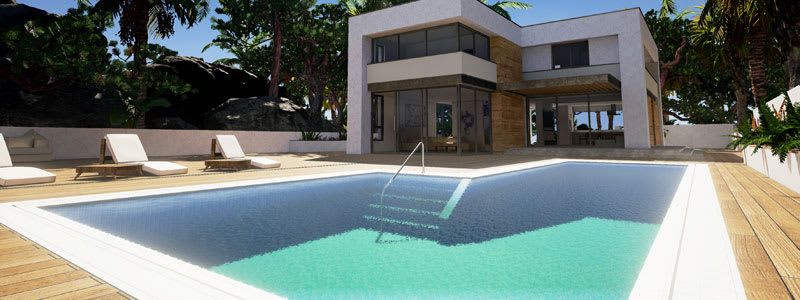
3D rendering plays a crucial role in the real estate industry, enhancing the marketing, visualization, and decision-making processes for various property types, including residential, commercial, and industrial spaces. Is a powerful tool that transforms the way real estate is marketed, visualized, and understood, contributing to better-informed decisions and improved customer experiences.
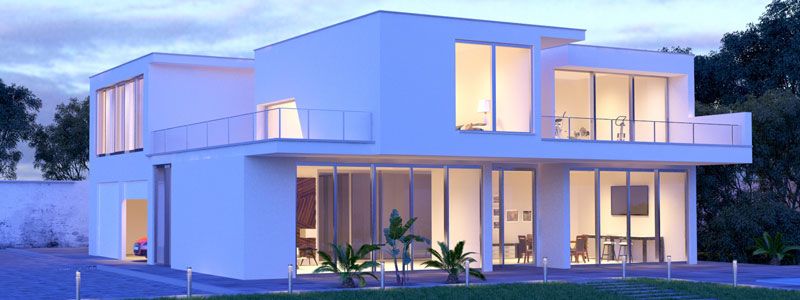
- Architectural Plan/Design/CAD
- Landscape
- Development Plan
- Creating Hi-poly and low-poly Architectural 3d models
3D rendering is an essential tool for architects that enables them to visually communicate their design concepts, ideas and plans to clients, stakeholders, and other professionals involved in a project.
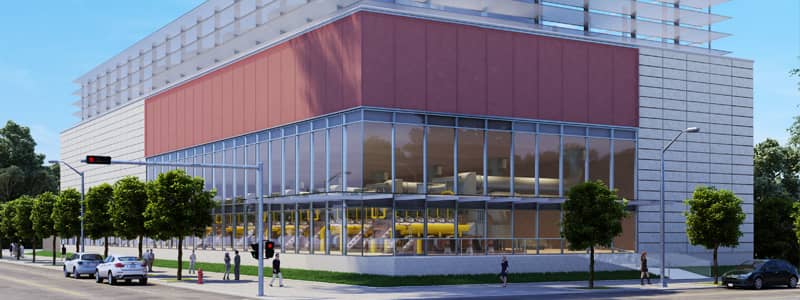
Is a valuable tool used in the manufacturing and industrial sectors to visualize and communicate complex designs, processes, and facilities. It helps convey intricate details, machinery layouts, and operational workflows in a clear and comprehensive manner.
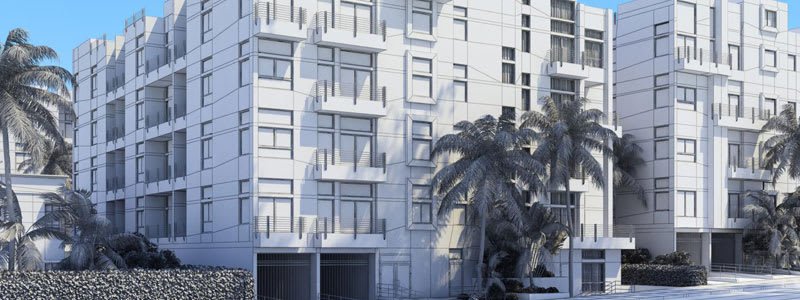
- Furniture 3D Modeling
- Conceptual Design Visualization
- Detailed Architectural 3D Models
- Architectural Scale 3D Models
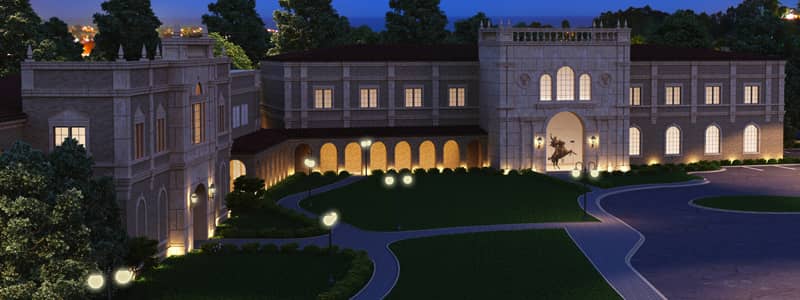
GOVERNMENT AND EDUCATION BUILDINGS AND OFFICES RENDERING
3D rendering plays a pivotal role in enhancing the planning, design, communication, and decision-making processes for government and education buildings and offices, leading to more efficient and successful projects.
HOW TO ORDER 3D ARCHITECTURAL RENDERING SERVICES? IT’S SIMPLE!
3D Rendering Services for Architects and Real Estate
In today’s fast-paced world of architectural design, 3D rendering has become an indispensable tool for visualizing projects before they come to life. VRENDER, a leading 3D rendering company, has been at the forefront of this technological revolution since 2007, providing cutting-edge architectural visualization services to clients around the globe. Since our inception, we have been dedicated to pushing the boundaries of what’s possible in architectural image-making, transforming mere visualizations into genuine works of art.
The Art and Science of 3D Rendering
3D rendering is the process of creating photorealistic images or animations of architectural designs using specialized software. It combines elements of design, composition, balance, symmetry, color theory, and an understanding of mood and structure to produce stunning visual representations of yet-to-be-built structures. The level of detail and realism achieved in modern 3D renderings is so high that viewers often need to “check their glasses” to confirm they’re not looking at an actual photograph.
Creating high-quality 3D renderings for architecture and real estate is a complex process that requires a unique blend of skills. Our team of experts combines their knowledge of design principles, composition techniques for 3D products, color balance, scene lighting theory, and structural understanding to produce stunning visual representations of architectural concepts.
Our approach goes beyond mere technical proficiency. We immerse ourselves in each project, delving deep into the core ideas and atmosphere that our clients wish to convey. This holistic understanding allows us to create visualizations that not only showcase the physical attributes of a building but also capture its essence and intended ambiance.
The Vision Behind VRENDER
Founded in 2007 VRENDER has quickly established itself as a premier 3D architectural rendering company. The company’s vision goes beyond mere visualization; it aims to create true works of art that capture the essence and atmosphere of each project. This commitment to excellence has led VRENDER to collaborate with some of the world’s leading architectural and design associations.
Our CEO founded VRENDER with a clear and inspiring vision. He sought to create a platform that would pay homage to the architects and creators who dedicate their lives to developing architectural projects that positively impact the world. This vision has been the driving force behind our company’s growth and success.
A Global Collaborative Approach
As a leading 3D architectural rendering company, we have established strong relationships with top architectural and design studios worldwide. Our work process is characterized by continuous communication and collaboration, ensuring that we fully grasp and accurately represent our client’s visions.
Our services extend beyond traditional 3D visualization to include advanced 3D modeling, virtual reality, animation, experiences, and other cutting-edge methods of architectural presentation. Being at the forefront of this meaningful and impactful process fuels our passion and drives us to continually improve and innovate.
Our Commitment to Photorealism
At VRENDER, we pride ourselves on achieving a high level of photorealism that challenges reality itself. Our renderings are so lifelike that viewers often find themselves doing a double-take, struggling to distinguish between our digital creations and actual photographs. This extraordinary attention to detail and realism is what sets us apart in the competitive landscape of 3D architectural visualization.
What Makes VRENDER Unique?
- Uncompromising Quality: We specialize in creating atmospheric, photorealistic architectural renderings. Our robust technical department ensures that each image meets our stringent standards for artistic excellence.
- Customized Project Management: VRENDER understands that each client has unique needs and offers a tailored management process, discussing and establishing each project from the outset.
- Atmospheric Photo-Realism: The primary focus is on producing atmospheric and photo-realistic renderings that not only showcase the technical aspects of a design but also evoke the intended mood and feel of the space.
- Global Talent Pool: The studio attracts talented 3D artists from around the world, fostering a diverse and creative work environment that encourages innovation and fresh perspectives.
- Architectural Expertise: Many of VRENDER’s artists have backgrounds in architecture or design, allowing for a deeper understanding of client’s needs and more effective communication throughout the project.
- Cutting-Edge Technology: We utilize the latest 3D rendering applications to ensure top-quality results and efficient workflow and to deliver exceptional results.
The VRENDER Difference
What truly sets VRENDER apart is our unwavering commitment to excellence and innovation. We understand that in the fast-paced world of technology, staying ahead of the curve is crucial. That’s why we constantly push ourselves to offer rendering services that not only meet but exceed industry standards.
Our team comprises talented specialists with backgrounds in architecture and design. Each member of our crew views their work not just as a job, but as a calling. This passion for architecture and visualization shines through in every project we undertake.
Our Approach to Projects
At VRENDER, we believe that trust is paramount when working with a 3D architectural visualization company. We begin each project with a thorough analysis, studying references and mood boards to gain a comprehensive understanding of our client’s vision and the project’s objectives. This approach allows us to structure our services efficiently and identify the necessary tasks for each unique project.
Comprehensive 3D Rendering Services
VRENDER offers a wide range of 3D rendering services to meet various needs in the architecture and design industries:
- Exterior 3D Rendering: Showcasing the external appearance of buildings and their surrounding landscapes.
- Interior 3D Rendering: Bringing interior spaces to life with detailed visualizations of rooms and their furnishings.
- 3D Architectural Animation: Creating dynamic fly-throughs and walkthroughs of buildings and spaces.
- Architectural 3D Walkthrough: Allowing viewers to experience a virtual tour of a property.
- Architectural 3D Modeling: Building detailed 3D models of structures for various purposes.
- Staging: Furnishing and decorating empty spaces digitally to showcase their potential.
- Floor Plan 3D Rendering: Creating visually appealing and easy-to-understand floor plans.
Specialized Visualization Services
In addition to these core services, VRENDER also provides more specialized visualization options:
- 3D Rendering for Real Estate: Helping real estate professionals market properties more effectively.
- Commercial Architectural Rendering: Visualizing office buildings, shopping centers, and other commercial spaces.
- Residential 3D Rendering: Bringing home designs to life for potential buyers or investors.
- 360 Virtual Tours: Creating immersive, interactive experiences of properties.
- Aerial View 3D Rendering: Providing a bird’s-eye perspective of buildings and developments.
- 3D Site Plan Visualization: Illustrating the layout and features of larger development projects.
VRENDER also caters services to manufacturers and interior designers offering:
- Product 3D Rendering: Creating photorealistic images of products for marketing and presentation purposes.
- 3D Product Modeling: Building accurate 3D models of products for various applications.
- Furniture 3D Modeling: Creating detailed 3D models of furniture pieces.
- 3D Furniture Rendering: Producing lifelike images of furniture for catalogs and marketing materials.
The Importance of 3D Rendering in Modern Architecture and Design
In the past, visualizing architectural designs was a time-consuming process involving hand-drawn sketches and physical models. Today, 3D rendering has revolutionized this aspect of the industry, offering numerous benefits:
- Time and Cost Efficiency: 3D renderings can be produced much faster than traditional methods, saving time and resources.
- Improved Communication: Realistic visualizations help architects and designers better communicate their ideas to clients, stakeholders, and team members.
- Early Problem Detection: 3D models allow for the identification of potential issues in the design phase before construction begins.
- Marketing and Sales Tool: High-quality renderings are powerful tools for attracting investors, buyers, and tenants.
- Design Iterations: 3D rendering makes it easier to experiment with different design options and make changes quickly.
Choosing the Right 3D Rendering Company
When selecting a 3D rendering studio for your project, a strong portfolio is crucial, there are other important factors to consider when selecting a 3D render studio:
- Portfolio Quality: Strong portfolio that demonstrates expertise in your specific type of project.
- Communication: Ensure the firm has communication channels and is responsive to your needs. Clear, consistent communication is vital to ensure that the client’s needs are understood and met throughout the project.
- Quality Control: Check the internal quality control measures to ensure consistent, high-quality output. A professional team should have art directors and technical specialists who perform preliminary quality checks before presenting work to the client.
- Expertise in Design: Verify that the company uses up-to-date software and has a team with relevant architectural or design knowledge. 3D artists with backgrounds in design or architecture can elevate the level of mutual understanding between the customer and the rendering company.
- Transparent Pricing: Compare pricing and services offered to ensure you’re getting good value without hidden costs or unexpected markups. All services and obligations should be agreed upon before the project begins.
The Evolving Landscape of 3D Rendering
The field of 3D rendering is constantly evolving. What was once a groundbreaking technology has now become an essential tool for creators across various industries, including:
- Architecture
- Design
- Complex Development
- Real Estate
- Interior Design
As the industry continues to advance, we’re seeing rapid developments in VR and AR technologies, expanding the applications of 3D visualization beyond architecture and design into fields such as game development, and medical simulation.
3D rendering has become an essential tool in architecture, design, and related industries. VRENDER, with its commitment to photorealistic quality and atmospheric renderings, stands at the forefront of this field. By offering a wide range of services and maintaining a focus on client needs, VRENDER continues to push the boundaries of what’s possible in architectural visualization.
Whether you’re an architect, designer, developer, or real estate professional, incorporating high-quality 3D renderings into your workflow can significantly enhance your projects and help bring your visions to life. As the technology continues to evolve, the potential applications for 3D rendering are bound to expand, making it an exciting field to watch in the coming years.
At VRENDER, we strive to excel in all these areas, ensuring a smooth, productive, and satisfying experience for our clients.
In conclusion, VRENDER is more than just a 3D rendering company; we are partners in bringing architectural visions to life. Our commitment to photorealism, artistic excellence, and client satisfaction sets us apart in the world of architectural visualization. Whether you’re an architect, designer, developer, or real estate professional, VRENDER has the expertise and passion to elevate your projects to new heights of visual impact and effectiveness
THE PERFECT 3D PRESENTATION OF YOUR PROJECT
Fast & Affordable Photorealistic Renderings & Animations directly from your files.
Our goal at VRender is to provide you with the highest level of satisfaction while maintaining the affordability and promptness of the services. You are regularly updated with current progress throughout all development stages. As a result of this, our product (output) is innovative, extraordinary, and spectacular.
WHAT KIND OF INPUT DO WE NEED FROM YOU?
Our requirements vary and it also depends on your architect. However, we recommend you to have 2D AutoCAD drawings or at least hard copy blueprints prior to ordering. These can easily be obtained from your architect once your design is ready as most architects understand the importance of having realistic 3D illustrations done on your project. Read more about 3D Rendering process
 Software: Autodesk AutoCAD, Autodesk 3ds Max, Pixologic ZBrush, e-on Vue, Eyeon Fusion, V Render, After Effects, MentalRay, Vray.
Software: Autodesk AutoCAD, Autodesk 3ds Max, Pixologic ZBrush, e-on Vue, Eyeon Fusion, V Render, After Effects, MentalRay, Vray.
PARTNERS / CLIENTS
WHAT ARE 3D RENDERING SERVICES?
3D rendering services involve the process of creating two-dimensional images or animations from three-dimensional models using computer software. This technology is extensively used in various industries, including architecture, interior design, product design, gaming, animation, advertising, and more. The goal of 3D rendering is to visualize and communicate the appearance and characteristics of a 3D model in a realistic and visually compelling manner.
3D architectural visualization services are particularly valuable for professionals who want to showcase their designs or products in a visually compelling way before they are physically realized. For instance, architects can create realistic visualizations of buildings to help clients understand the final outcome, interior designers can showcase their design concepts, and product designers can create lifelike renderings of their products for marketing purposes. As technology advances, the realism and quality of 3D rendering continue to improve, allowing for stunning and immersive visual experiences across a wide range of industries.
FREQUENTLY ASKED QUESTIONS ABOUT 3D ARCHITECTURAL RENDERINGS
NEWS & ARTICLES

